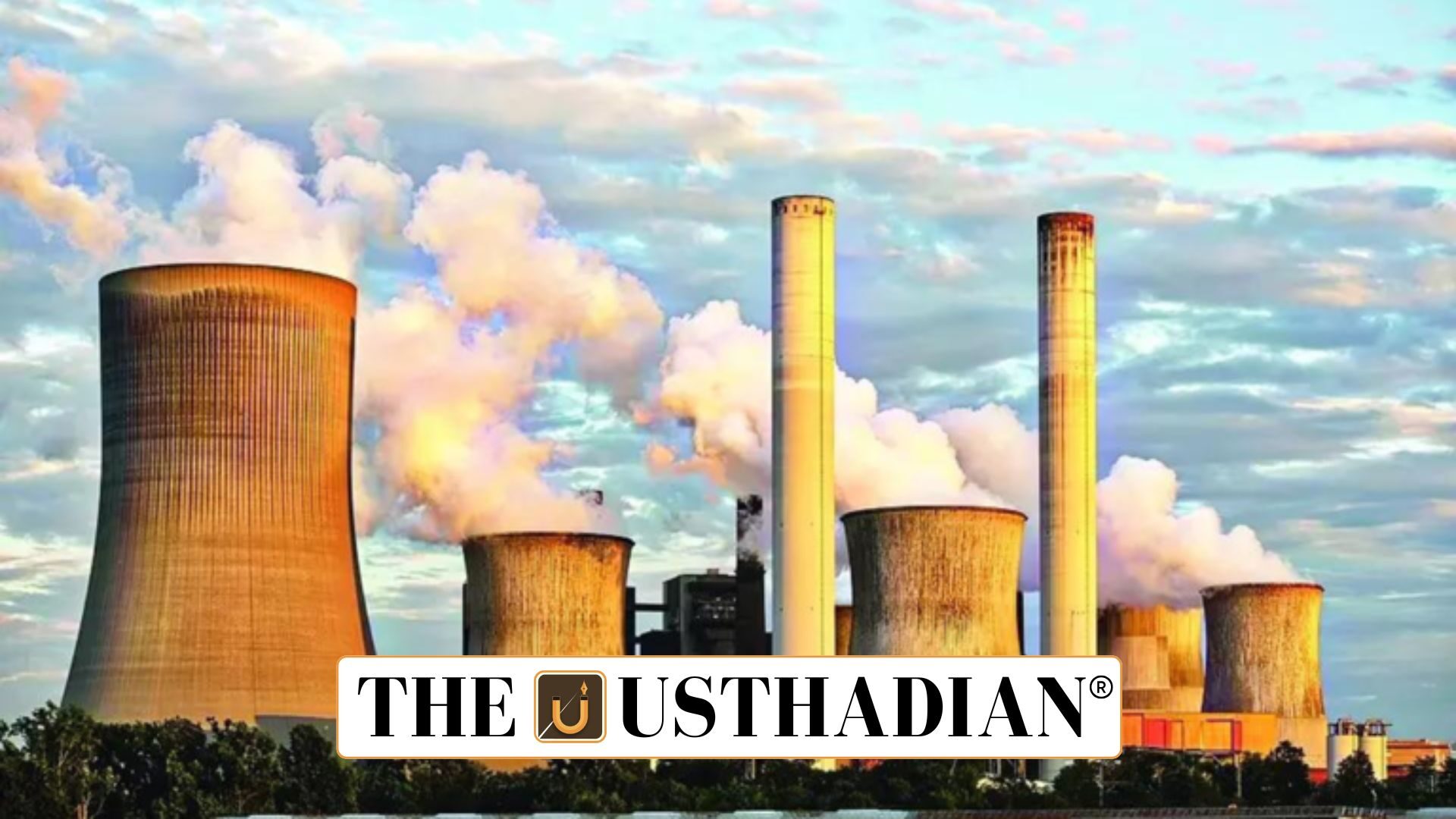Stricter norms but slower implementation
India Revises Sulphur Dioxide Norms for Power Plants: India introduced sulphur dioxide (SO₂) emission standards for coal-based thermal power plants in 2015. The guidelines mandated the use of Flue Gas Desulphurisation (FGD) technology to reduce harmful emissions within two years. However, even after a decade and multiple extensions, over 90% of plants have not complied.
Static GK fact: India is the largest emitter of SO₂ in the world, primarily due to its dependence on coal for electricity.
Deadline pushed to 2027 again
In July 2025, the Union Environment Ministry extended the FGD installation deadline from December 2024 to December 2027 for plants in urban and high-pollution zones, including the National Capital Region. Plants located in relatively cleaner regions were exempted, provided they met specific stack height criteria.
The government cited studies, pandemic-related delays, and techno-economic constraints as justification. The Ministry of Power supported the move, calling for flexibility in implementation.
Scientific community raises concerns
Independent research bodies, particularly the Centre for Research on Energy and Clean Air (CREA), strongly opposed the relaxation. CREA argued that using ambient air readings to justify the delay is scientifically flawed. SO₂ regulations are based on stack emissions, not ambient levels, which vary due to weather and geography.
CREA cited studies from NEERI, NIAS, and IIT Delhi, showing that FGDs significantly reduce PM2.5 and sulfate aerosols, which are linked to severe health issues.
Health risks of prolonged exposure
SO₂ converts into fine particulate matter (PM2.5), a key contributor to respiratory and cardiovascular diseases. The World Health Organization classifies PM2.5 as a Group 1 carcinogen. Prolonged exposure, especially in urban regions, leads to thousands of premature deaths annually.
Static GK fact: In 2021, India recorded over 1.6 million premature deaths due to air pollution, according to The Lancet Commission.
FGDs offer significant air quality benefits
Research by IIT Delhi shows FGDs can reduce ambient PM2.5 by 10–20%, improving air quality up to 200 km from the source. Despite these findings, some reports recommended halting the rollout, basing their stance on limited urban data.
CREA criticized this as a narrow interpretation, undermining evidence from broader and long-term impact studies.
Economic and operational feasibility
Arguments that FGDs disrupt operations are contradicted by real-time data. NTPC, India’s largest thermal power producer, has installed FGDs in 20 GW capacity and is working on 47 GW more. Most installations occurred during scheduled maintenance, without additional shutdowns.
Static GK Tip: NTPC (National Thermal Power Corporation) is a Maharatna PSU under the Ministry of Power.
Cross-boundary pollution concerns
Coal plants not only pollute nearby cities but also contribute to regional air degradation. SO₂ emissions from one state can drift across borders, worsening pollution in downwind regions. Experts compare their impact to the vehicle sector, which was forced to adopt BS-VI norms in 2020.
The way forward
With India planning to add 80–100 GW of new coal power capacity, the need for strict enforcement of emission norms becomes urgent. The marginal rise in CO₂ emissions from FGDs is negligible compared to the cost of rising health problems and air quality degradation.
Static Usthadian Current Affairs Table
India Revises Sulphur Dioxide Norms for Power Plants:
| Topic | Detail |
| Year SO₂ norms introduced | 2015 |
| Latest deadline extension | December 2027 |
| Technology mandated | Flue Gas Desulphurisation (FGD) |
| Major opposition body | Centre for Research on Energy and Clean Air (CREA) |
| Power company with major FGD rollout | NTPC |
| Health impact | Linked to PM2.5, respiratory and heart diseases |
| Key research institute on FGDs | IIT Delhi |
| National Capital Region FGD status | Mandatory by 2027 |
| India’s global SO₂ ranking | Largest emitter |
| New coal power capacity planned | 80–100 GW |








